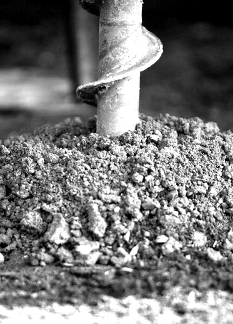Old gold turning green
 Proponents of a pumped hydro system in Queensland say the project is going well.
Proponents of a pumped hydro system in Queensland say the project is going well.
Genex Power’s $777 million Kidston project is coming together 220 metres below the Earth's surface in north Queensland.
The design involves channelling water from a giant reservoir in the old gold mine, down into a lower one, propelling it through a pair of colossal turbines on the way.
This process should be able to generate an impressive eight-hour stretch of stable renewable power.
However, the Kidston venture's decade-long journey to near completion and its substantial reliance on taxpayer funding serves as a cautionary tale for other pumped hydro projects in the works.
This narrative carries with projects like Snowy 2.0 in NSW, which are grappling with delays and budget overruns.
Distinguished by their capacity to provide energy during the early morning and evening, when renewable output is at its lowest, pumped hydro assumes a vital role in supplanting coal-based power.
It also offers enhanced storage potential compared to massive batteries like the Hornsdale 150MW battery, which only discharges continuously for 77 minutes.
The Kidston project, anticipated to go live in 2025, is poised to supply rapid response power for eight hours daily, thus compensating for renewable energy gaps.
During daylight hours, the upper reservoir will be replenished, and the Kidston site's compactness ensures operational efficiency, with twin tunnels spanning a mere 340 metres.
While smaller in scale than Snowy 2.0 and Queensland's proposed mega-projects, the Kidston initiative is not immune to setbacks. Challenges, like water leaks during tunnel drilling, have surfaced. Nonetheless, proponents say production was reinstated within a fortnight and works continue.








 Print
Print